Editor’s Note: This article was originally published in Overland Journal’s Summer 2022 Issue.
Hyphenated titles come cheap these days. Celebrities aren’t just actors but count themselves as advocates or activists. Emily Miller, a woman whose diminutive stature belies the punch she packs in the way she lives, earns every comma in her introduction. Sports marketer, champion off-road racer, rally instructor, director of the Rebelle Rally, and even farm manager round out her impressive resume. The people Miller counts as friends and colleagues would probably add a few less official ones to that list: confidant, big sister, competitor, ally, friend, and collaborator. Miller has lived big, from growing up a tomboy in Little Rock, Arkansas, to pummeling Toyota Prados and Hilux trucks over the untamed wilderness of Morocco for the win. For her, there is no such word as quit. Can’t is something she’ll say only after carefully vetting a situation down to its finest millimeter and assessing it as undoable. Work for her, and Miller’s expectations feel colossal. Please her, and the returns on your investment of diligence and commitment prove more satisfying than a check with several zeros. Her words are deeply contemplated, and after a lifetime of self-reflection, she comprehends their impact. If trying to be the good in the world was an art form, consider Miller a master painter. Not usually one to talk about herself, I was able to sit down with this off-road racing icon.
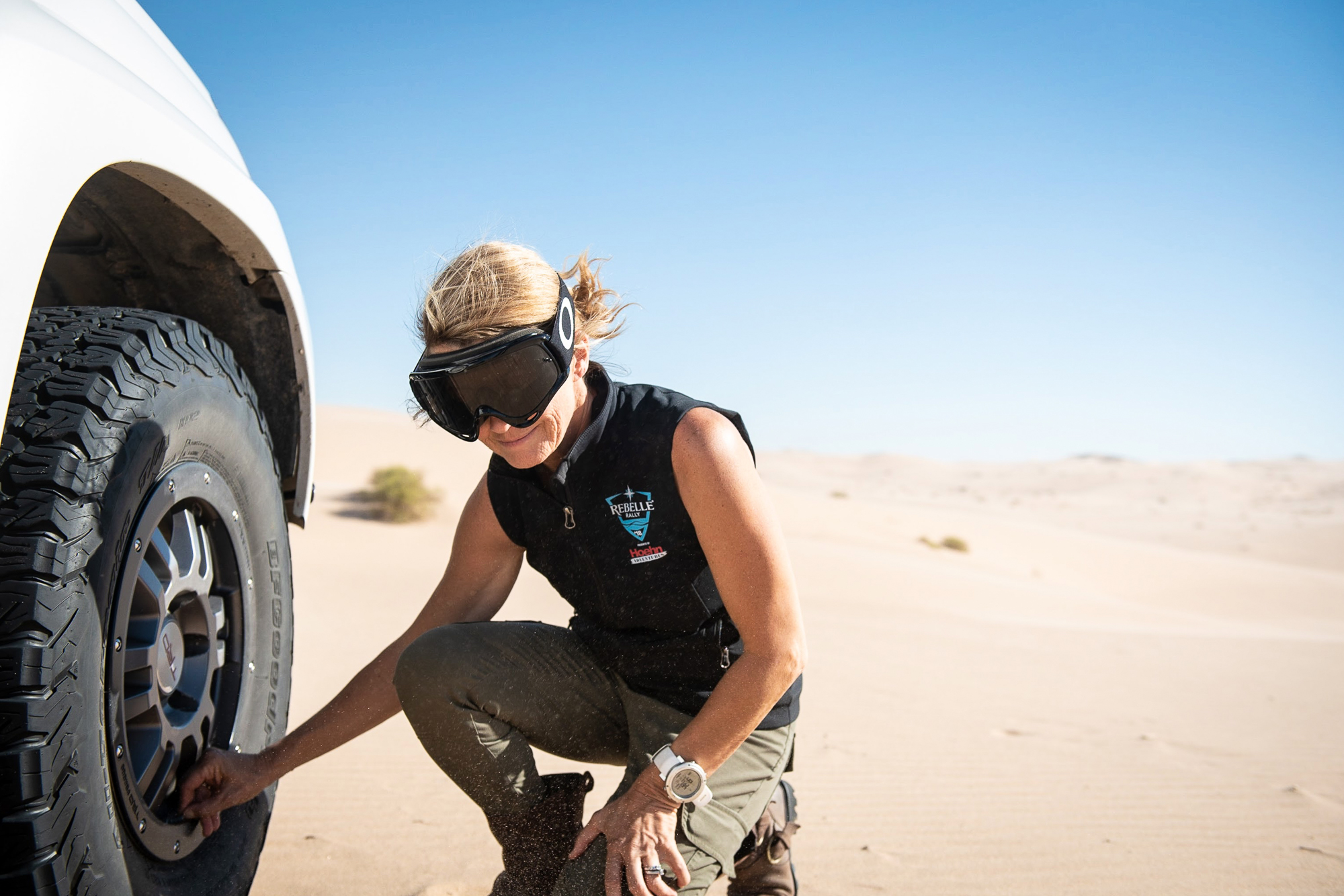
I’ve known you for several years now and have always been curious, what was eight- or nine-year-old Emily Miller like growing up?
My parents were older when they had me. They were great, traditional God-fearing people. I had a brother, Jim, 15 years older than me, and a sister who was five years older, so I was always the kid trying to keep up with them. Jim was an extreme athlete before that was even a thing. I remember once I got a new pink Schwinn 10-speed, and my first ride with my brother was 60 miles in the snow wearing bike shorts. We shoved newspapers down our clothes to stay warm. I never complained but kept my head down and did what he said. Unfortunately for my parents, I was a great student.
Unfortunately, because you got into a lot of trouble?
Not trouble, but I was independent. When I was nine, I had a paper route. People called me the Paper Baby because I was so small. I used to get up at 4:00 a.m. and head out on my skateboard and deliver papers. But I was good. I’d ask each customer exactly where they’d want their paper, and I’d throw it right there. I made a lot of money in tips.
Did you want to be an athlete when you grew up?
I wanted to be an architect. My dad was an architect. He loved design. Our family vacations weren’t at Disneyland; we’d drive around the country looking at cool buildings, boat shows, and car museums.
Ah, cars, so the pieces start falling into place. Those dreams of designing buildings didn’t last too long?
Turns out I cared about travel and wanted to play more. I’d go skiing when I should have been working. We spent a lot of time as a family in Crested Butte, Colorado, and I remember one time I had to hide on a ski lift from my dad’s attorney so he wouldn’t tell on me.
So, those adventures as a young girl really informed who you became as an adult?
Absolutely. I got a degree in exercise physiology that basically qualified me to be a PE teacher, but I knew I wanted to stay within the realm of sports. I was living in San Francisco working for Dr. Kevin Stone, who’s an orthopedic surgeon and worked with the US Ski Team. Then I started putting together huge events with Red Bull. They had these crazy ideas. They wanted to base-jump off seven casinos in Las Vegas. Technically, it’s not illegal; it’s just trespassing if you don’t get permission. So, I went through the casino insurance companies and found a way to make it happen. Supermoto wanted to go down the Vegas strip, so we re-routed bus stations and traffic and managed to pull it off.
That got your foot in the door of off-road sports. And how long after that did you start rally driving?
I didn’t start driving until my 30s after I was introduced to Rod Hall. We met at the National Automobile Museum. I was a consultant trying to bring action sports to the Reno, Nevada, area. I was tenacious about what I was doing, and I guess Rod saw that. He gave me an opportunity to help him restart the Off-Road Motorsports Hall of Fame and run some training with Ford. That’s when he got me in the driver’s seat.
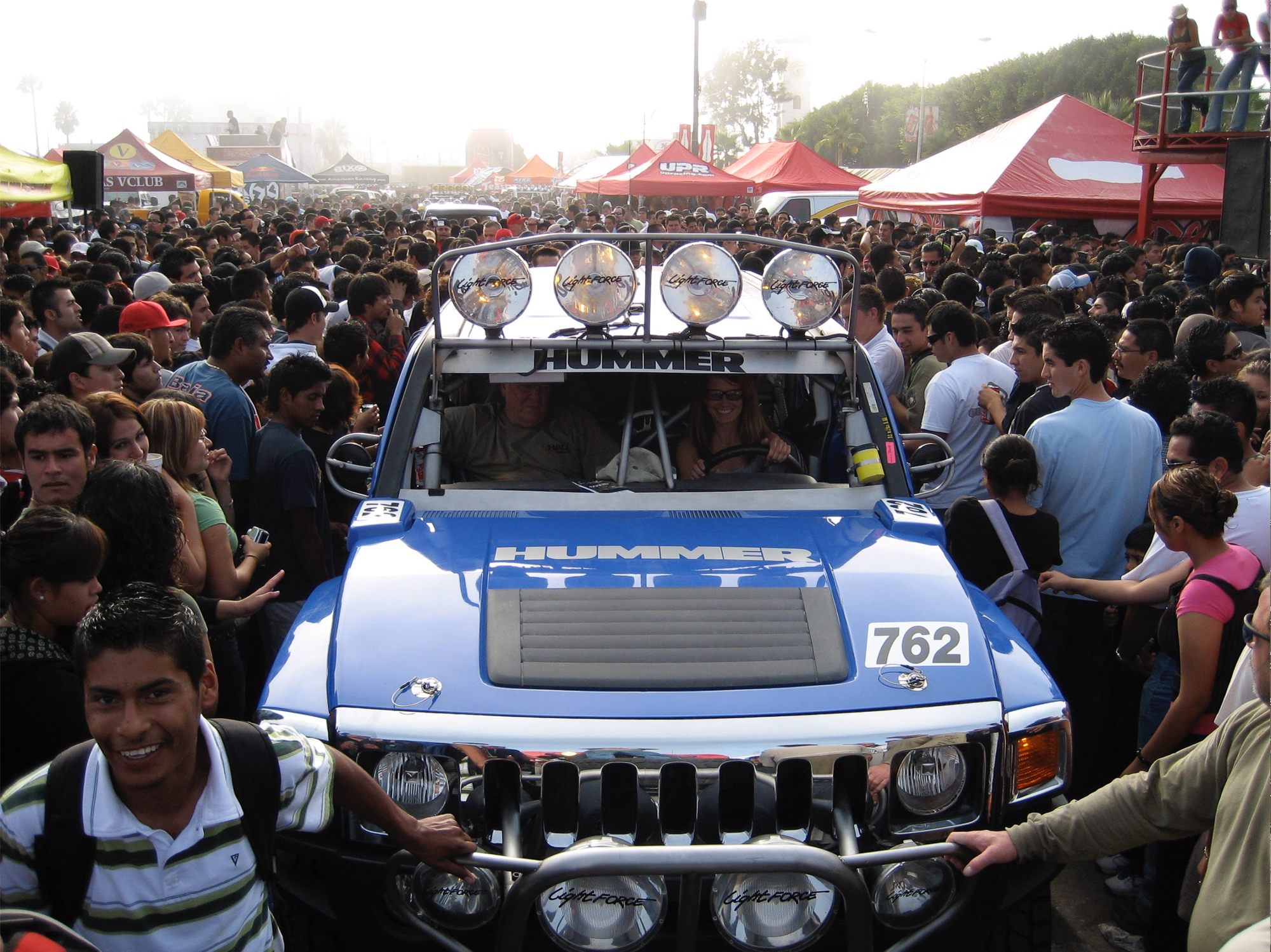
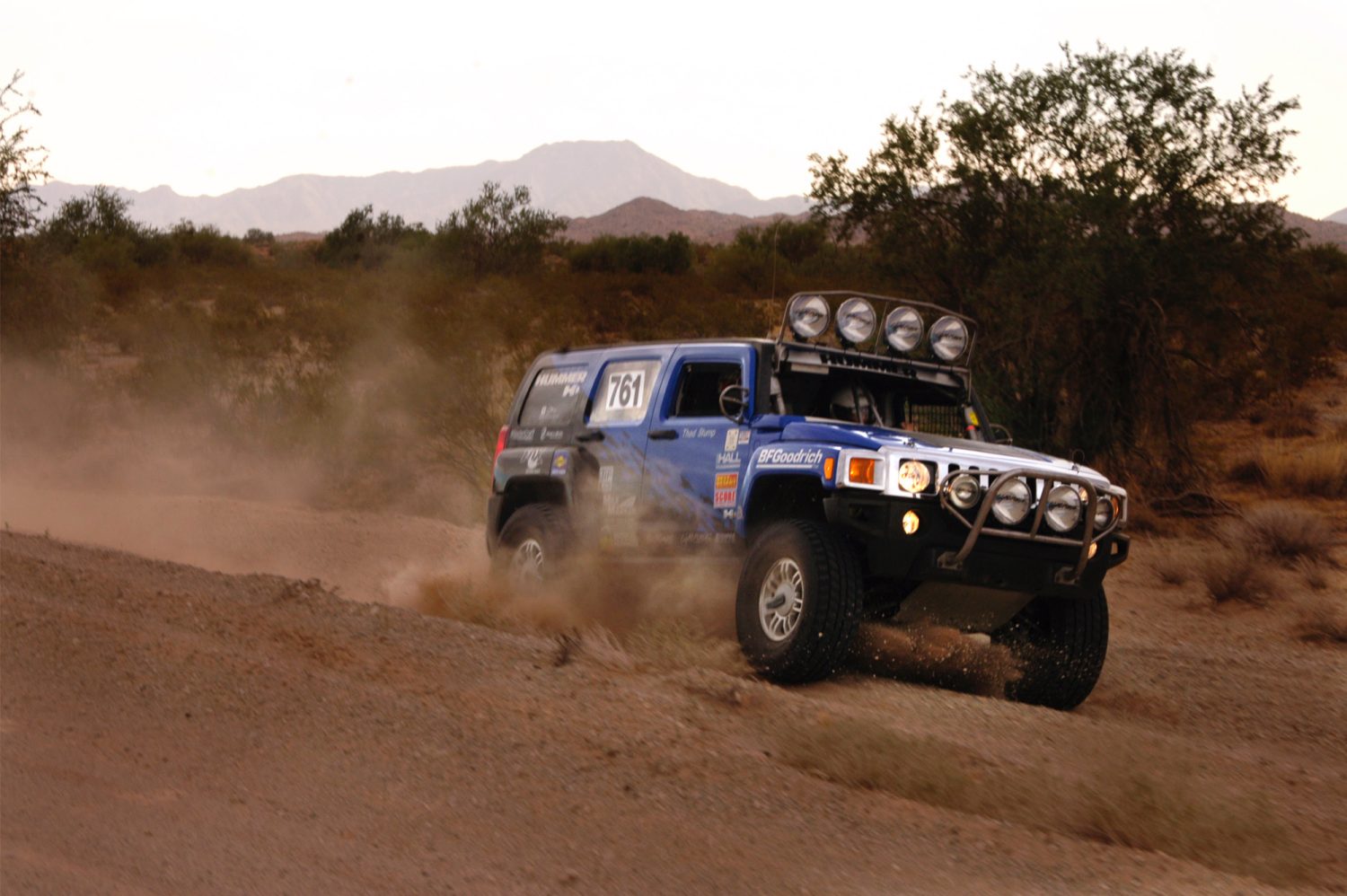
Well, that’s not intimidating—getting behind the racing wheel for the first time with a legend like Rod Hall.
Lucky for me, I knew I didn’t know a thing, and that’s what worked well with him. I was a teachable person, and my strength is line-picking sports. You look out and get to pick your own path, and I love flow—like skiing, snowboarding, and driving a car. Rod was a great mentor who allowed me to fail. Though I didn’t get to fail a lot or keep repeating the same mistakes.
What were some of those first times in a car with Rod like?
Rod always emphasized an easy formula: line choice, throttle control, and where you put your eyes. He also reinforced comfort, accuracy, and being relaxed behind the wheel. He’d hold a cup of coffee in the passenger seat and make sure I never spilled his coffee.
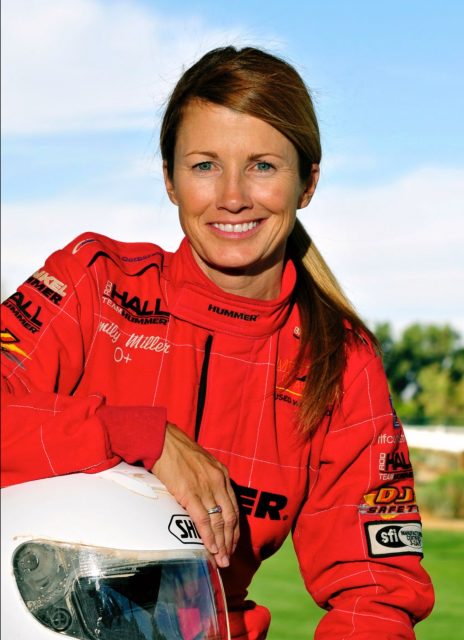
After you’d gotten a bunch of seat time with Rod, when was your first race?
In my first many races, I wasn’t even behind the wheel. I’m pretty sure it was a Terrible’s 250 event in Pahrump. I rode shotgun with Rod because I was still learning. It was fun to watch him drive. He’d pick perfect lines. I’d call dangers and keep his visor clean. I learned how to feel what was right on the car, figure out the limitations, and how to take it to its limit but no further.
What kind of vehicles were you racing?
We raced stock Hummers, H1s, H2s, and H3s. They didn’t go fast, but they sure didn’t fail. The first time I did Vegas to Reno, Rod made me do it in a stock rental H3, and I wasn’t allowed to damage it because it had to be returned. In 2006, right before the Baja 1000, Rod got in a car with me and sat shotgun. The first thing he says is, ‘I don’t think I’ve ever sat in this seat before.’ No pressure!
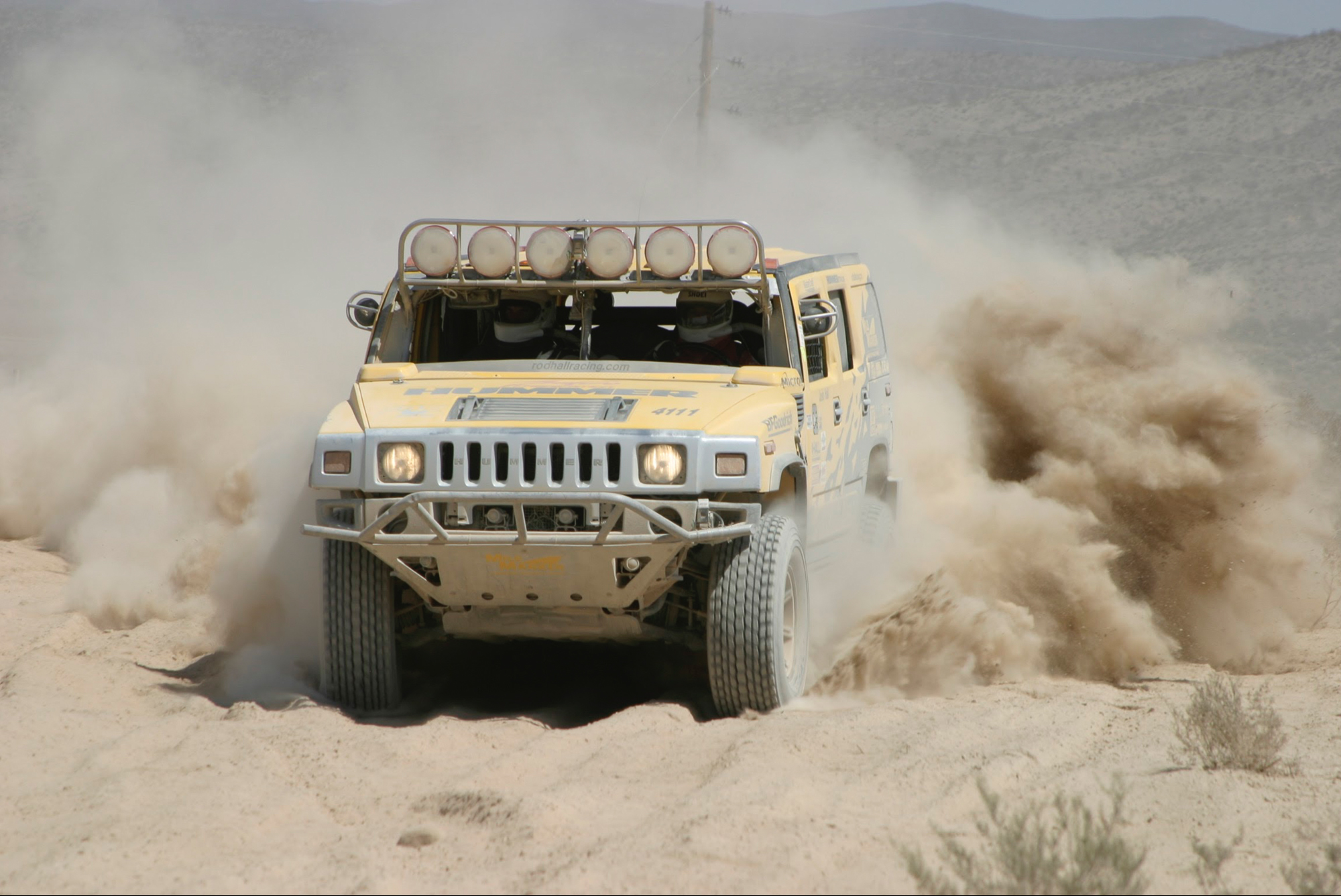 You competed in SCORE and Best in the Desert races in Nevada and Arizona, competed in Terrible’s races, did Vegas to Reno, and the Baja 1000 and 500. But you also organized car launch events for the GM/Hummer brand during this time with Rod, right?
You competed in SCORE and Best in the Desert races in Nevada and Arizona, competed in Terrible’s races, did Vegas to Reno, and the Baja 1000 and 500. But you also organized car launch events for the GM/Hummer brand during this time with Rod, right?
I had to pay the bills, and racing sure doesn’t do that. But yes, Rod and I coached Michelin tire events, teaching salespeople about tires and how to drive on them, both on- and off-road. I started out as a demo driver then ended up managing the program. I noticed there would never be women at these events, even though women were 50 percent or more of our buyers. I wanted to do a class just for women, but I got in trouble and was told that was sexist.
There’s an argument that will never make any sense to me.
I did an event for female journalists and athletes as a test anyway. The women were so engaged and interested, and I saw a space for this. Women are great drivers; they’re smooth. They take care of vehicles. They don’t break things.
Okay, so I’m starting to see how the life path of Emily Miller takes another tack here. I’m guessing this started you thinking about how to get more women involved in the sport?
You’re so quick. [Miller’s sly smile makes her look as if she knows something everyone else does not—interviewer included.] My sister was living in Africa and told me about this event called the Rallye Aïcha des Gazelles du Maroc. It was a map and compass navigation rally in Morocco just for women. Doing that event made a huge impact on me. I had recently gotten married and didn’t necessarily want to race anymore. I suddenly had other priorities.
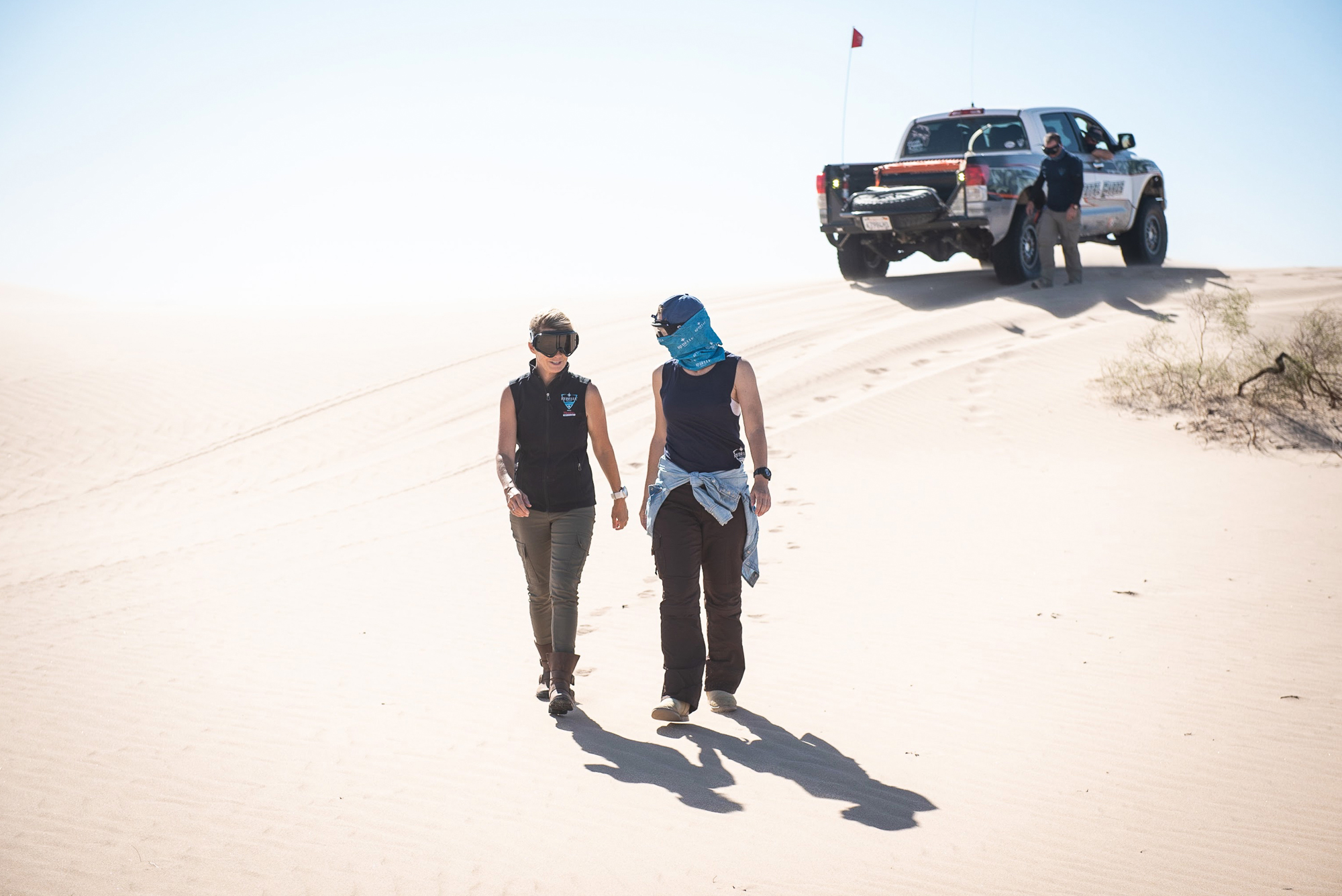
So this was where the idea for the Rebelle Rally came from?
I took experiences from a lot of different races I’ve done to create the Rebelle. There aren’t a lot of rallies in the US because permitting is tough and very expensive. You can’t just call up the king and ask for permission. I didn’t want it to be a women’s powder-puff event but a badge of honor. It’s a platform for women to shine and manufacturers’ vehicles to shine. But they have to earn it.
Speaking about permitting (with the Bureau of Land Management), you put yourself in situations that seem overwhelming. I should mention that you also coordinate all the media for King of the Hammers. Is there something compelling to you about those situations, or is it even a conscious decision?
For me, it’s about pulling out all the parts instead of looking at the sum of them. I love a challenge, especially if it’s cool and different, but I won’t go down a road if I don’t see the path.
Compartmentalizing like that is a very specific way of thinking.
I didn’t always think this way. When I was in San Francisco working for Dr. Stone, I got into a bad inline skating accident. Don’t laugh; we all did that back then.
I’m definitely not laughing. Well, not out loud.
Late one night on the Marina Green, I hit a pothole and fell. I literally felt my brain hit the front of my skull, the back of my skull, and the front again, and I blacked out. When I came to, there was a woman looking down at me screaming. I knew I had to get up and find Dr. Stone, so I skated out of there.
I am no longer laughing at you inline skating. Damn, lady, you’re tough.
I heard an ambulance coming, and I didn’t know much else, but I knew I needed to talk to Stone. I went to my friend’s apartment and saw my reflection in a mirror. The entire right side of my face was wiped off. My skin was gone, my head was gushing with blood, and I knew my brain was going to start swelling.
And you didn’t go to the hospital?
I eventually did, but I knew that Dr. Stone would talk me through what was going to happen, and I needed that first. He told me I’d slip in and out of consciousness, and my brain would swell. I’d fractured my skull. I went to tons of doctors. Thankfully, I didn’t need plastic surgery, but I was disfigured for a long time. I became combative with post-concussive syndrome and had lost all my short-term memory. I’d look over my shoulder and lose all track of time.
Brain injuries are so unpredictable. How intense was the recovery process?
It took three and a half years to recover fully. I started seeing a therapist who made me construct my days to help me remember. Coffee at 7:00 a.m., sit at the desk to work at 8:00 a.m. I had to walk around with a book making lists. The therapist taught me to break down a problem into its pieces, and that gave me structure to solve them. I completely rewired my brain, and it ultimately made me more compassionate and sensitive to other people. I wasn’t like that before.
When did work begin in earnest on putting together the Rebelle Rally?
Development started in 2015 when I first went to the Bureau of Land Management (BLM). But my priority was putting together the best team. [Off-road bike racer] Jimmy Lewis [whose career highlights include a Dakar podium finish, four International Six Days Enduro gold medals, and an overall Baja 1000 win] was the first person I went to. I wanted him to be my course director. He was game but knew the challenges and thought it would never happen.
Chris Woo, who’s my technical director, also raced with Rod Hall, races trophy trucks, and preps cars for King of the Hammers. I put Chrissie Beavis, an X Games gold medalist and one of the most successful women rally drivers and navigators in the world, in charge of scoring. Not everyone’s always gotten along, but they’re the right people because they’re the best.
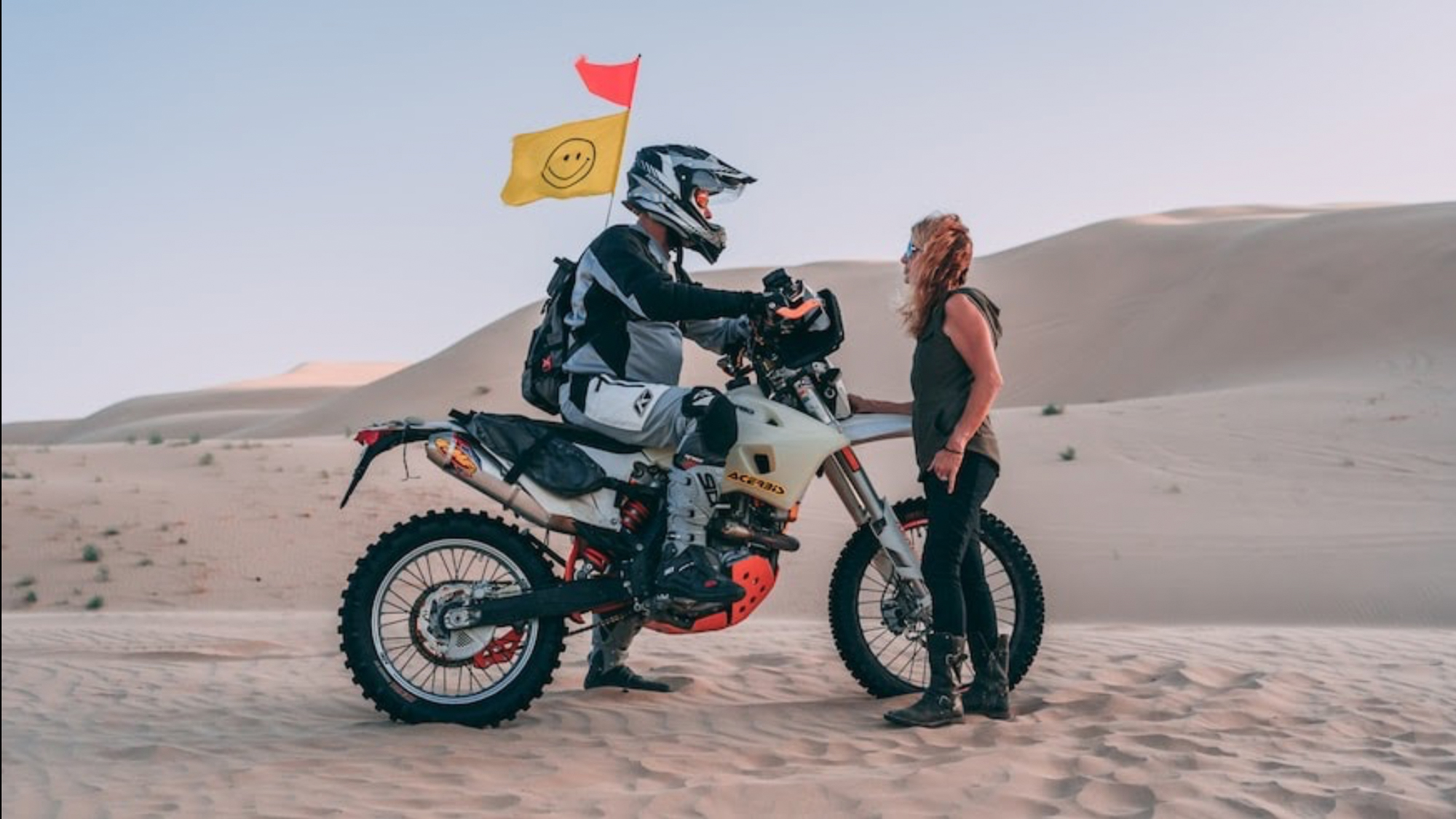
With the people in place, how tricky was setting the course?
Working with BLM has been awesome. They know we’re respectful and won’t go over land that’s restricted or sacred. If there are some offices that don’t like us, we avoid those areas, for now. Because we’re in five to seven BLM districts in both California and Nevada, negotiating with them can be tricky. And they all have to work together, so sometimes that’s an issue when it comes to sitting at the table and putting the rally together.
What was the rest of the vision for the rally in your head?
I knew I wanted a map and compass navigation rally. But I didn’t start the Rebelle to create a lot of female off-road racers. If that were the case, I’d have started an off-road racing school. I wanted to create something that gave women skills and a platform to shine. And with those skills, I hoped that offered them competence, confidence, and community, knowing that those things then affect how you are at work, at your home.
For anyone who doesn’t know, the Rebelle Rally is an eight-day event with teams navigating to about 200 checkpoints overall of varying difficulty. It’s not a race for speed, but time is not your friend. As someone who’s done it three times, I can attest that it’s a challenging event that takes stamina and determination.
That’s good to hear. I wanted the rally to be an endurance event. Anyone can soldier through anything for three days and then go home. Over eight days, you’re going to be hungry and tired and disoriented, and you’re going to have to find a way to move through that. That means looking at your weaknesses and figuring out how to overcome them.
In 2022, the rally heads into its seventh year. You even pulled off the unimaginable and held the fifth Rebelle during the initial height of the Covid-19 pandemic with no incidences of outbreak. Anything you’ve gotten out of it?
Rod told me my lesson in my life was patience. I always wondered how you figure that out as a rally driver, but it’s definitely manifested itself with the Rebelle. Boy, it was a patience game for sure because I’m pretty hard driving. This is what we have to do, now go! But not everyone works at the same pace. That was a tough one for me to grasp.
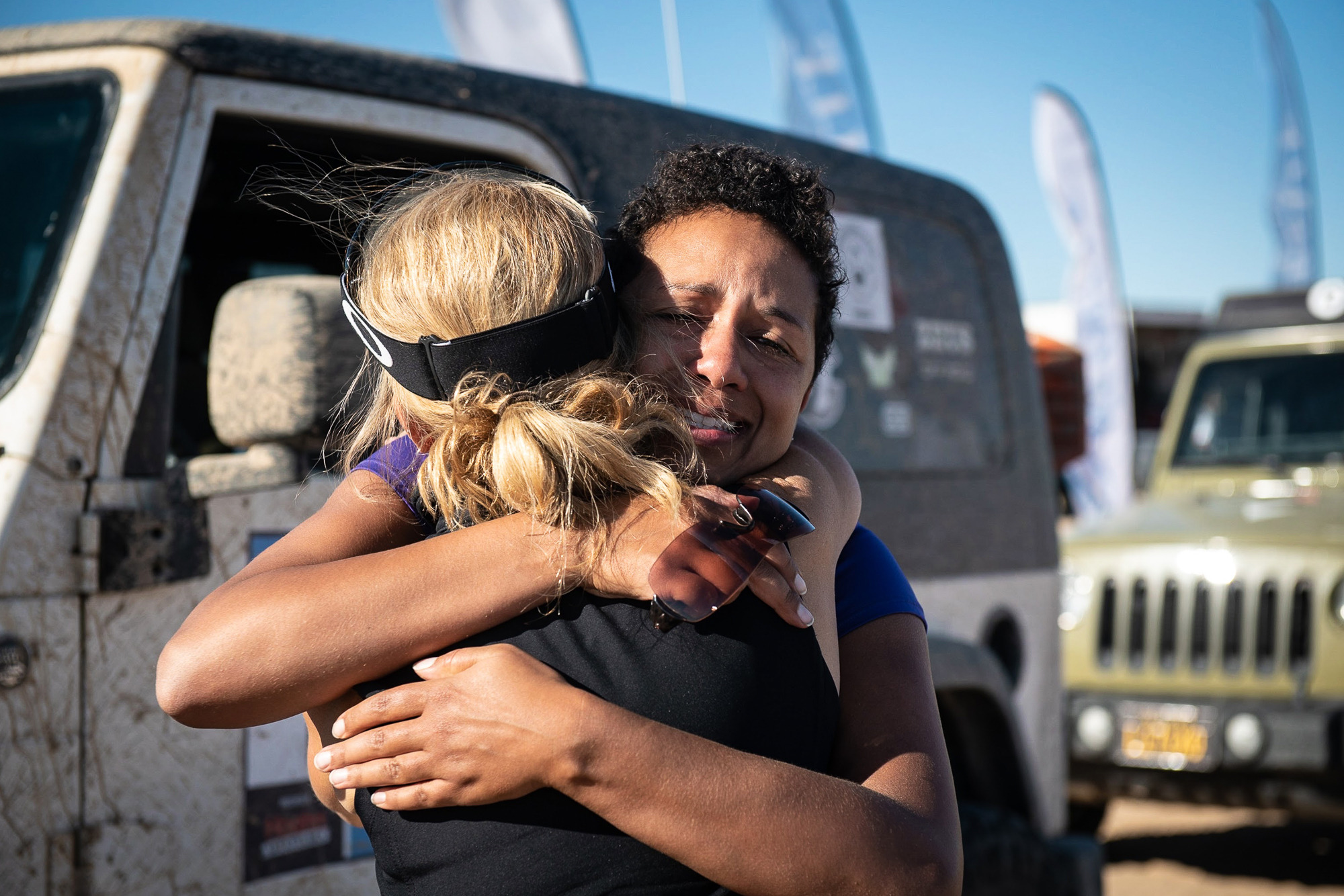
Let’s shift gears back to you. What are some of the most profound moments you’ve had across the globe while racing?
Day one of the Carta Rallye in Morocco. It was in 2019, I was driving a Toyota Prado, and it was a great truck. I would have liked a bit more suspension, but you drive the vehicle you have. It had Old Man Emu shocks, BFG All-terrain tires, Total Chaos skid plates, suspension components, and some extra lights for the night stage.
You did the Carta in 2019? So, you’re still racing?
It had been a while since I’d been behind the wheel because of building the Rebelle, but I try and get out once in a while to keep up with the sport. Of course, I wanted to win on day one, and I drove across this stream into a crazy area lined with reeds. I had to make it across, but it was way deeper than I thought. I felt the car start to lift. My navigator inhaled deeply. I kept my foot solid and steady on the throttle and kept my eyes on where I wanted to go, and we made it across. It’s in moments like that when the driver completely becomes one with the car.
Another moment was during Vegas to Reno in 2009. I was driving a Hummer H3. This was a three-day rally, and Sam Cotheran, my co-driver, and I lost our four-wheel drive on day 1. The front-runner was 25 minutes ahead of us. We sat down and figured out how much time we had to gain at each pit. There was a moment in Nevada just north of Big Dune, and I was driving medium-fast over technical driving, washes, swoopy up and down whoops, and all of a sudden, I had that feeling of being one with the car. My feet became the tires. That was the first time I’d felt that. Once you get there, you’re always looking to get back there.

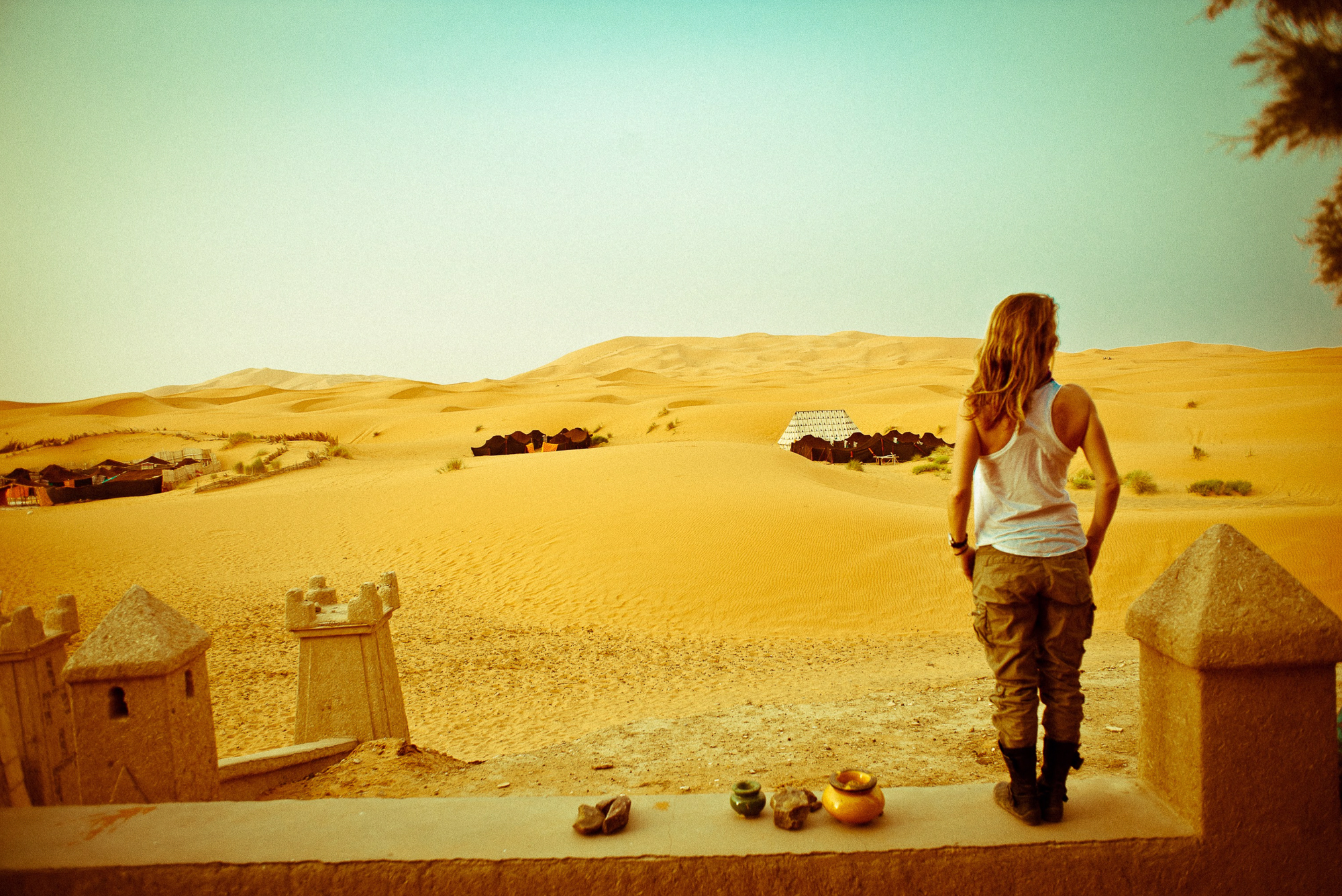
What do you primarily drive off-road?
I drive a 2011 LR4 HSE V8, and it’s a great car. I also drive a 2009 Lexus GX 470 that’s Total Chaos equipped called Princess. Bumpers are all trimmed, and she’s got 34-inch BFG KO2s and tons of lights for night driving. It’s got bulletproof skid plates and is well-prepped because when we go out there when we’re pre-running the rally, we have to get back. We each use a Garmin InReach when we pre-run, so people know where we are. But I’ll also pre-run the course in a stock car, so I know that other competitors will be able to do it. The first year I did the entire course in a BMW X5 on Pirelli Scorpion run-flats. Then I’ll do the whole course in two-wheel drive in case people lose their all- or four-wheel drive.
Is there one moment of your off-road career you’re most proud of?
Honestly, starting the Rebelle. I think about it as a gift, but not for me. This is a gift for the competitors. We lay out the course deliberately. Each checkpoint happens a specific way; maybe I want the drivers to have fun after some tedious terrain. Or here’s a checkpoint somewhere they need to see.
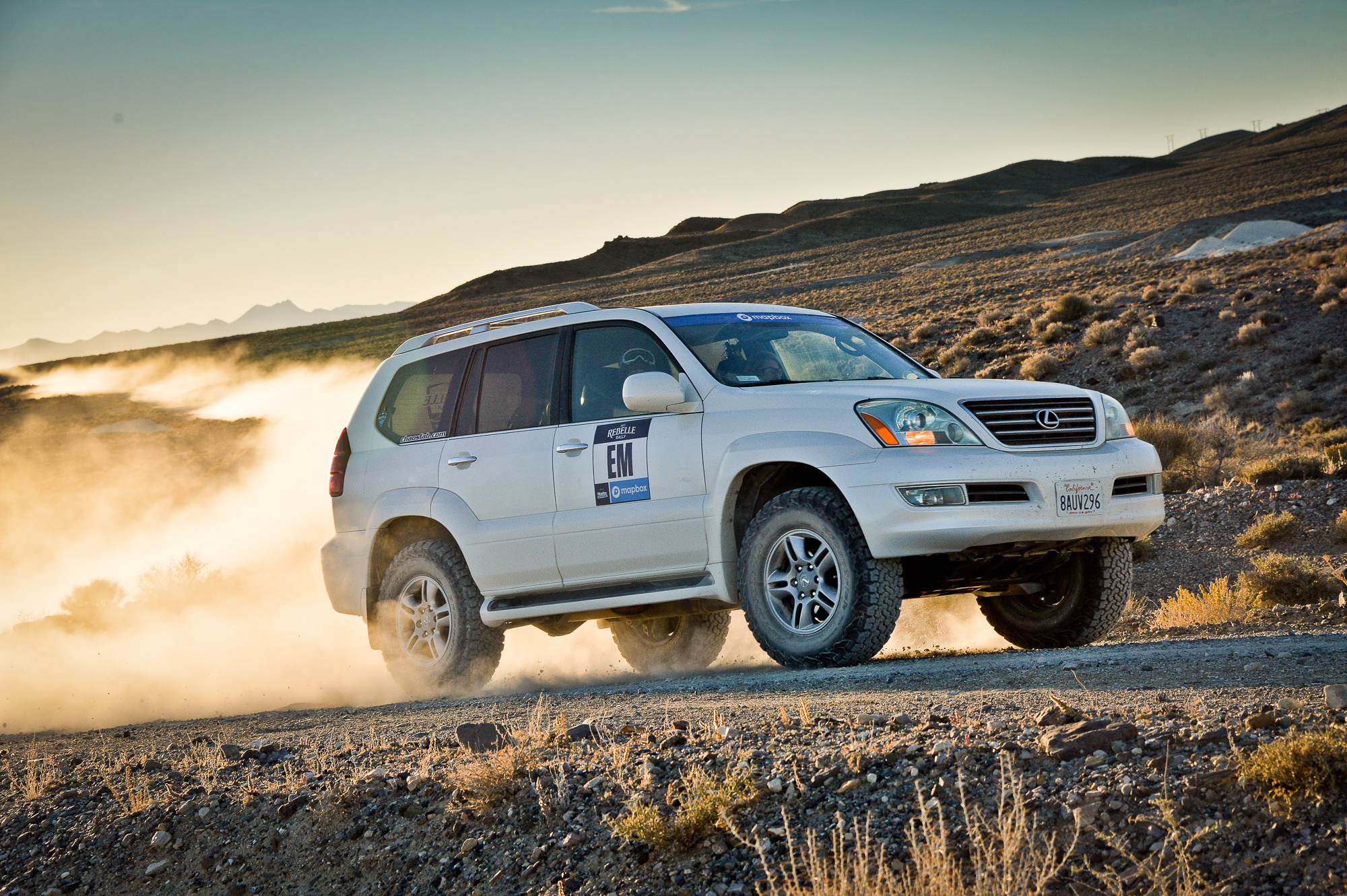
What is Rebelle Impact? How important is that initiative?
Rebelle Impact is about the things we do beyond the competition. I want to challenge the competitors to go back into their community and make a difference. I didn’t want to be a non-profit for the tax breaks. We do make a profit, but we give that money back to charities, including Record the Journey, that helps veterans with PTSD, and Make-A-Wish France. One team in 2020 raised $21,000 for King’s Ransom to stop human sex trafficking. We sent 18 underprivileged girls to schools last year, and in 2019, gave to women who run 13 businesses in third-world countries. Even if the impact is small, which is all we can manage right now, we want to make it. We’ve also given to the Innocence Project, Smithsonian [National Museum of] African American History, and local women’s businesses that were destroyed during recent looting.
We’ve had competitors from 182 cities, 34 states, and eight countries. When they go home, they have the ability to influence others in a positive way. Every year that will grow, and we’ll have women in hundreds of cities thinking of how they can make the world a better place. To me, that’s profound.
What are you good at that you never want to have to do again?
[Miller takes a while to respond to this question.] I’m a good advocate of people when they’re in the hospital or having a hard time. My brother had already passed, so I had to make the decision to put my father in hospice and then take my mother off life support. [Smiling] Leave it to my mother to die on Mother’s Day, so I’d never forget. I can be the rock-solid adult no matter how much I’m hurting. But I never want to have to do that again. [Miller thinks deeply for another beat.]
Oh, and peeing in a diaper while driving. [Her comedic timing is epic.]
What gets you out of bed in the morning? What motivates you?
The sunrise. I’m up at 5:00 a.m. reading crop reports because I still run my family’s farm in Arkansas, too. But I absolutely love getting up and living the day because I’m so afraid of missing it.
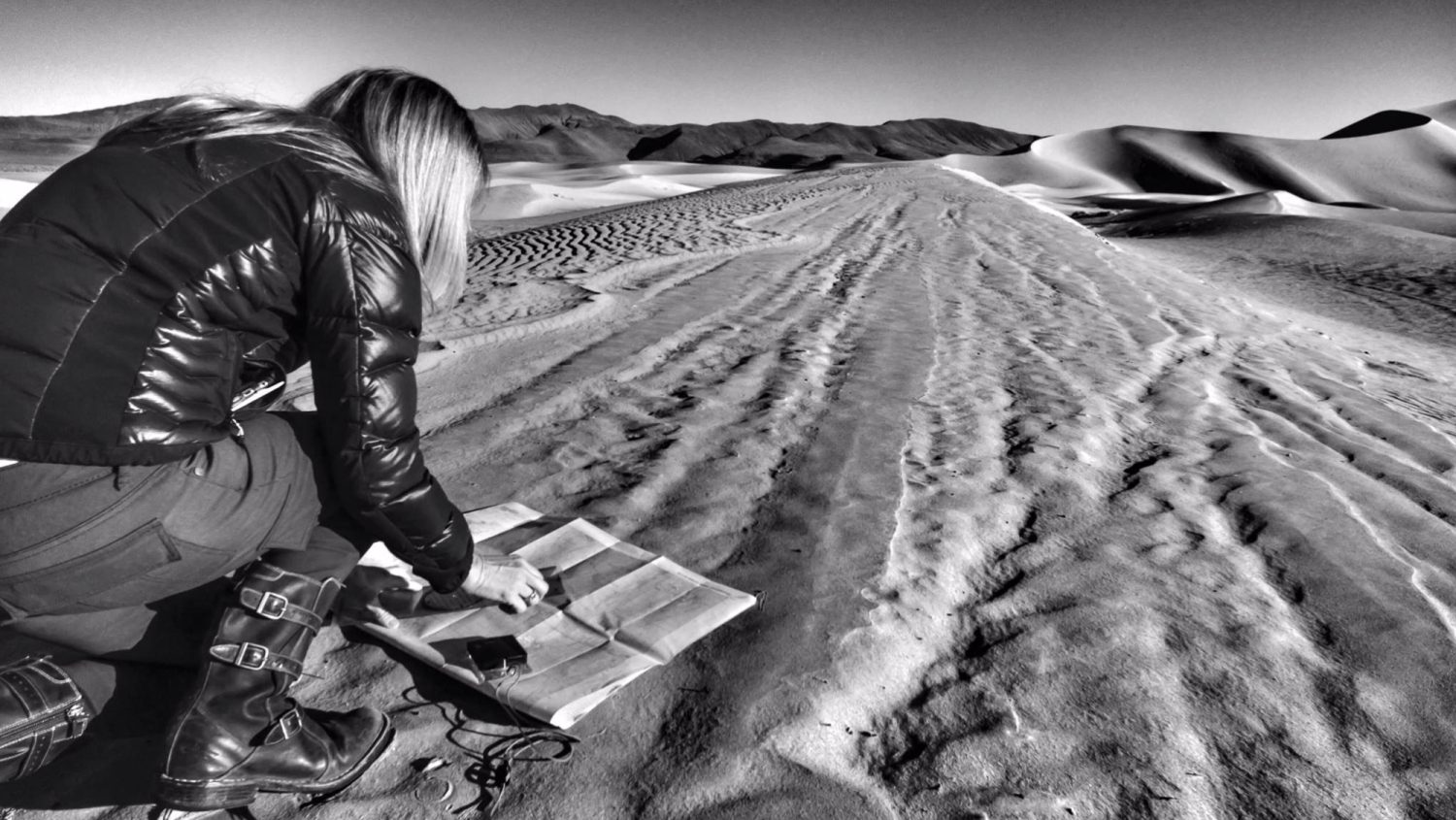
Our No Compromise Clause: We carefully screen all contributors to ensure they are independent and impartial. We never have and never will accept advertorial, and we do not allow advertising to influence our product or destination reviews.
Read more: Is the Rebelle Rally the Most Important Off-Road Competition in North America?


